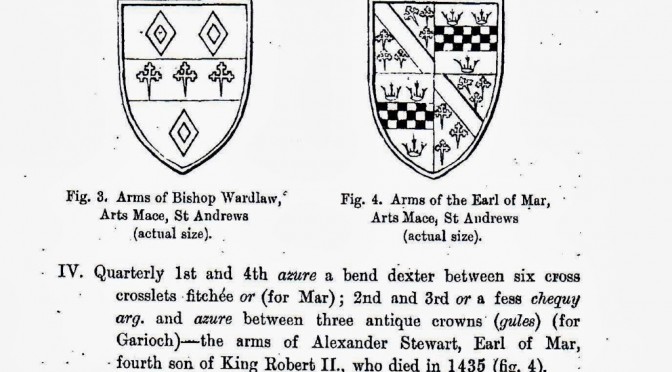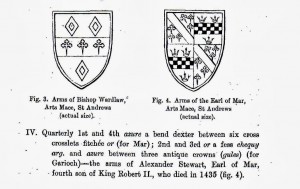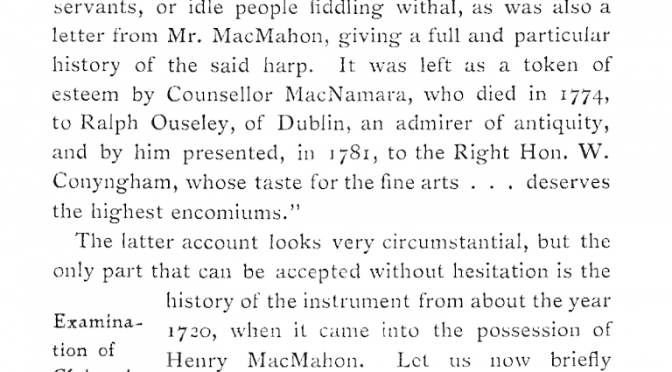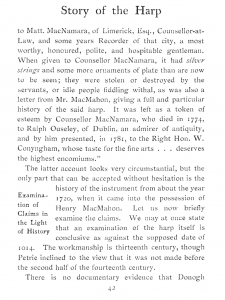I have been interested in just intonation as a way of tuning the harp since 2009 I think. Recently I was chatting about this and I was asked, is there a simple instructions or directions about how to tune the harp just?
It is not possible to have every interval on an instrument like a harp perfectly in tune. As soon as you make some intervals perfect, others become sour or dull. There are various solutions to this, and I wrote in 2009 describing some of the possible tunings for early Gaelic harp. Equal temperament is the modern scientific solution, making every interval a little bit equally out of tune. Historical systems that are usually used include Pythagorean tuning, which makes all the 5ths and 4ths pure but leaving the 3rds very rough, or Meantone which makes all of the major 3rds pure, leaving the minor 3rds and the 4ths and the 5ths sour. Just tunings on the other hand make different intervals of the same “class” different sizes, so some 4ths, 5ths, minor 3rds and major 3rds are pure, whilst others are out.
Just tunings are the most obvious solution for a diatonic instrument, because you can maximise the amount of consonance without having to take account of all the sharps and flats and key changes that you find in a chromatic instrument.
I have made up three instruction / demonstration sheets which show three possible just tunings that you can try on the harp. The first is pretty much the way I have been doing things, deliberately since 2009 and “accidentally” for somewhat longer I think. This one is pretty easy to tune on the harp, as the 5ths are all pure except the 3rd one in the sequence from a up to e, and if you listen to the sympathetic hum of the harp it is not hard to sound this 5th and tune it narrow so the e sounds pure against the sympathetic g drone of na comhluighe.
The third one is based on Highland bagpipe scales presented by Seamus MacNeill and also by Barnaby Brown. It is tuned exactly the same as the one above except that when you start the cycle of 4ths you push the c wide to make it sound wild and scary, just like on the pipes.
The middle one is a kind of half-way house I have made up. I think it’s harder to tune because your narrow 5th is the second in the sequence, d up to a. The a is not speaking so clearly against the sympathetic drone of the harp, so even though this tuning has more consonances than the other two I don’t think I will end up using it. But it’s in there as an option to think about. You’ll notice that it is a transposed version of the first: scale 2 with f natural is the same as scale 1 with f#.
The circles showing the consonant intervals are also useful if you want to think about the properties of different modes. You might think that the pentatonic scales c-d-e-g-a and g-a-b-d-e and f-g-a-c-d would all sound the same, but a glance at the chart will show that this is not the case at all!
Click on the picture to get all 3 charts as a PDF











